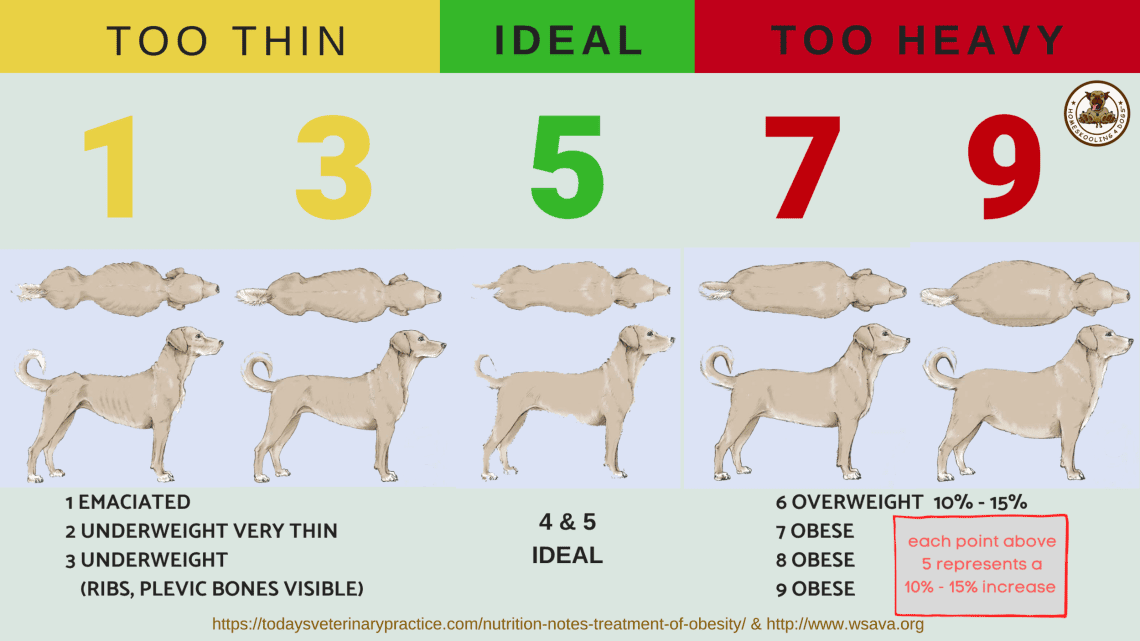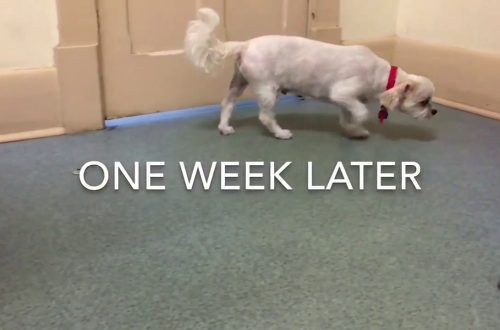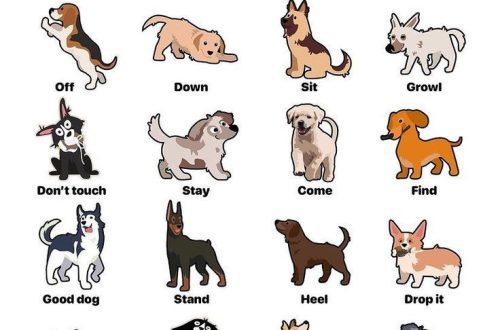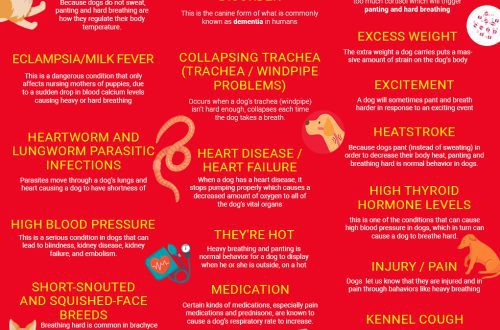
How to assess the degree of fatness of a dog?

Nearly half of domestic cats and dogs are obese. The consequences of this disease can be very difficult to affect the health of the pet. However, not all dog owners can determine the degree of fatness of their pet. How to do it at home?
Contents
Weighing on the scales
This is the easiest and most obvious way to determine the pet’s fatness. Weighing should be done on a regular basis – once a month. Data can be recorded in a notebook: as the puppy grows up, you can track its weight, as well as deviation from the norm.
Visual and quantification method
This method also allows you to track changes in the weight of the animal. It is subjective, however, unlike weighing, it allows you to take into account the characteristics of your dog.
How to determine the degree of fatness of a dog according to the method of the Waltham Research Center (UK):
Exhaustion
In a dog, the ribs, spine and shoulder blades are easily visible, and in short-haired dogs, the bones of the pelvis are also visible. The muscle mass of the pet is clearly reduced, fat deposits in the ribs are not palpable.
Thinness
The dog’s ribs, spine, shoulder blades and pelvic bones are easily visible. In the abdomen, there is a narrowing – the waist, and minimal fat deposits are also located here.
Perfect Fatness
The ribs and spine of the dog are not visible, but are easily palpable. There is a waist in the abdomen, as well as slight fat deposits.
Overweight
The ribs and spine are hardly palpable, the dog has no waist, a sagging belly is noticeable.
Obesity
The extreme degree of obesity in a dog involves a strongly sagging belly and significant fat deposits not only in the abdomen, but also in the chest and spine.
The degree of fatness must be monitored monthly. If your dog is too thin or, conversely, overweight, you should contact your veterinarian.
It will help to create an appropriate diet for gaining or losing weight, as well as adjust the physical activity of the pet. Why is it important?
Consequences of obesity and malnutrition
- The dog quickly gets tired physically, she has shortness of breath;
- Additional load in the form of body fat provokes the development of joint diseases;
- Excess weight does not allow the dog to properly care for itself, as a result of which dermatological problems develop: deterioration of the skin and coat, unpleasant odor;
- Overweight animals tolerate heat worse;
- There is a possibility of developing various kinds of endocrine pathologies, including diabetes mellitus;
- There is a decrease in immunity;
- An increased risk of developing cancer;
- Dogs with weight problems are more likely to be infertile;
- The life span of the animal is shortened.
An integrated approach to animals with varying degrees of fatness will help to avoid the above pathologies. Proper nutrition, reasonable physical activity and the attentive attitude of the owner are the key to a happy life for a dog.
The article is not a call to action!
For a more detailed study of the problem, we recommend contacting a specialist.
Ask the vet
11 2017 June
Updated: July 6, 2018





